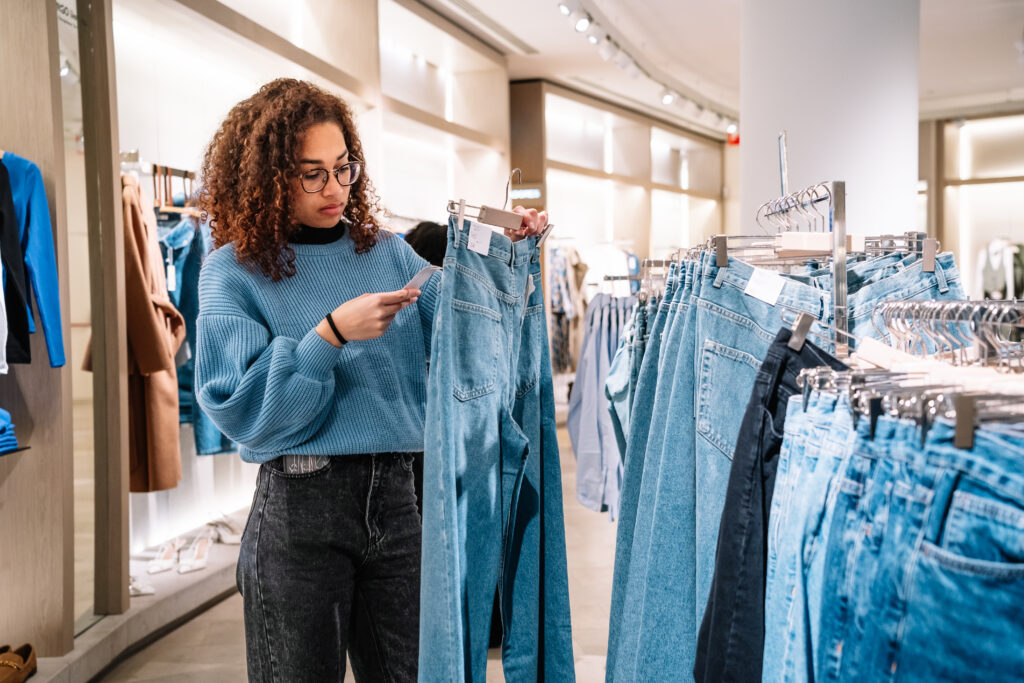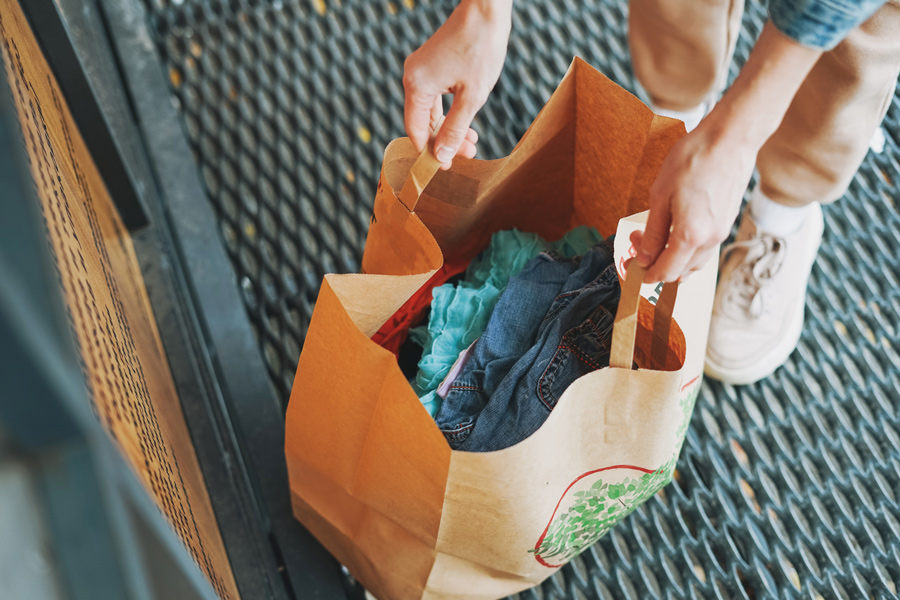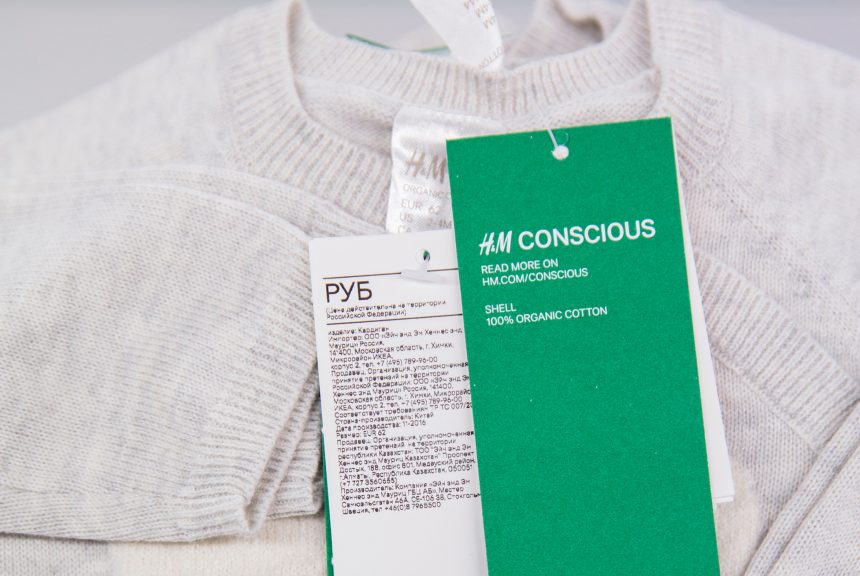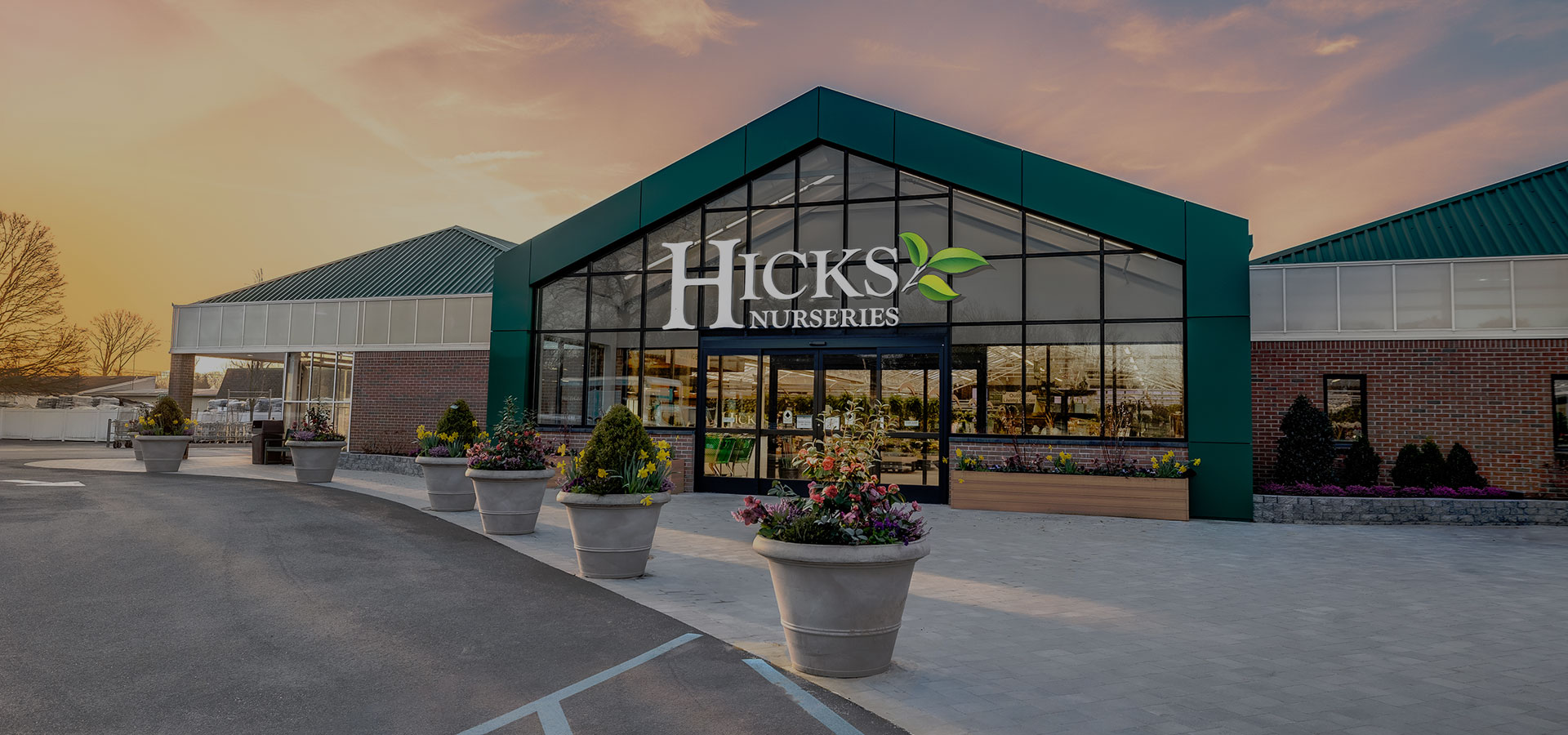Fashion has never been faster, and brands like Shein, Boohoo, Fashion Nova, and many more are ringing in a new, ultra-fast-fashion era of soft goods. For the everyday shopper, it means millions of affordable options that are on time and on-trend. But convenience comes at a cost.
Ultra-fast fashion takes the many harmful, irresponsible practices in soft-goods production, and amplifies them. And yet, masses of consumers are still in the dark regarding the lifecycle of their new clothes. This is especially confusing being that we’re living in an age where 60% of Gen Z and Millennial shoppers would pay a premium for environmentally friendly goods.
Or so they say.
So why are ultra-fast-fashion brands thriving when shoppers say sustainability has never been more important? It turns out, for a majority of consumers, there are trade-offs to be made when it comes to pairing sustainability and fashion.

US + UK Shoppers Not Walking the Talk
Fashion is a massive industry, estimated at over $347 billion in the USA alone. LVMH, the world leader in fashion revenue, ended 2022 with €79 billion in revenue, although their portfolio includes more than apparel and fashion. Nike followed behind at $46 billion. As it stands, LVMH seems stagnant in their sustainability efforts, and thousands of other brands unfortunately have fallen in line.
Ultra-fast-fashion giant, Shein, is one of the fastest-growing companies in the world. For four years in a row, they’ve doubled their growth year-over-year, and it doesn’t look like they’re slowing down. Shein has 13.7 million users in the USA, and generated over $30 billion in revenue last year, solidifying their place as one of the largest fashion brands in the world.
Shein is ranked among the worst fashion retailers in the world for their sustainability efforts, labor practices, environmental impact, and so much more. Between the 6.3 million tons of carbon dioxide, they push into the atmosphere, reported 75-hour work weeks, and widely publicized pleas by employees, it begs the question: As shoppers, are we hard enough on Shein?
Despite 65% of UK shoppers claiming sustainability mattered to their wardrobe acquisitions, only 9% referenced sustainability as a reason for purchase at the point of sale. UK brand Boohoo has seen their sales skyrocket year over year, ending 2022 with a humble $2.59 billion in revenue. Many UK consumers stated their concern with the Boohoo brand’s ethics, labor practices, and sourcing, yet the brand has never been healthier. Another study found that 62% of Gen Z shoppers admitted to shopping for fast fashion retailers monthly, yet 94% said they are in favor of sustainability in fashion.
Something really isn’t adding up here.
“Customers tell us that they care deeply about sustainability, but they really struggle to translate their values into actions when they go into stores or shop online. There is a gap, which we need to close if we are serious about making the industry more sustainable.”
- Kate Heiny, Director of Sustainability at Zalando

The Silver Lining of Second-Hand Growth
Between the trillions of existing garments in the world and our hypocritical purchasing habits, retailers have a lot of work to do to encourage sustainable consumerism. That’s not to detract from the work that’s been done to this point. The repurpose market is not only growing stronger but also more desired.
That said, the global secondhand market will hit $216 billion by 2026, and fast fashion brands are quickly creating their own brand experiences with second-hand goods. This growth isn’t solely born out of eco-friendly initiatives by shoppers either, it’s much simpler than that. Shoppers can’t afford fast fashion anymore.
76% of global consumers state that their primary drive for shopping second-hand is price. Budgets are tight right now, especially in the wake of increasing global inflation. This is especially difficult on the brands that practice sustainability from start to finish, leading to price increases in the already more expensive products.
It’s estimated that the resale market will grow 127% by 2026, which hopefully reduces demand from shoppers on newly produced garments. At its current trajectory, resale goods are on pace to double fast-fashion market growth by 2029, which will provide massive ROI for brands and shoppers alike. A crucial growth area in the secondhand goods market is e-commerce, which will be a massive accelerator of upcycled goods.
Last year alone, 88 different brands launched their own resale programs, because why not get paid twice for a product you made once? Jokes aside, it’s a welcome change that has direct implications on incineration, fast fashion, and the lifecycle of garments for generations.

Consumers Make the Difference
Many people believe eco-responsibility falls on the brand, and not the people. But shopping sustainably requires consumer homework. Only 20% of European shoppers even vet whether a brand has sustainability creds in the first place, posing a massive disadvantage to the eco-friendly landscape as it is.
Here’s the ugly truth: As long as the money is there, brands will continue to shortcut sustainability efforts and continue contributing to the degradation of an already fragile environment. Let’s hope that sustainability in fashion becomes less about what we say, and more about what we do.
Change must start with us. Many shoppers are unsure where to start on sustainability, their role in it, and how to stay informed on their favorite brands. Good On You inspires positive change across the fashion industry, with up-to-date information on brands and their efforts to make a positive change for people, the environment, and much more. It’s become a great source for casual shoppers to benchmark brand actions with brand statements.
Speaking of consignment – we’ve been covering it for years.





